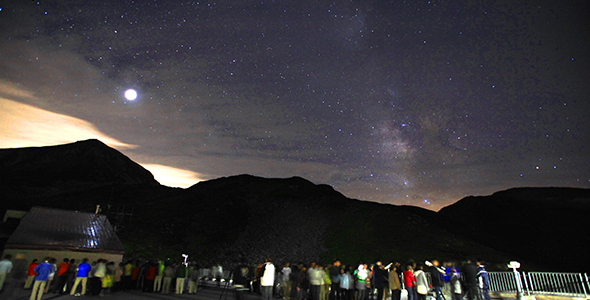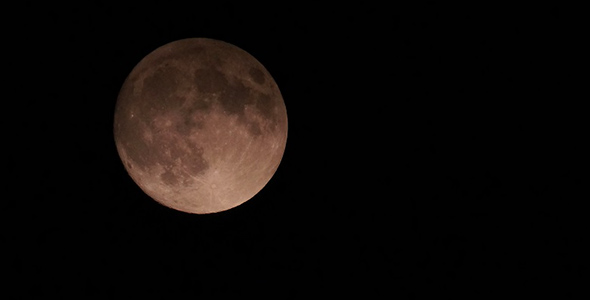Night skystarry sky

Stargazing Club
If the weather is good and skies are clear after the slideshow, our hotel staff will host a Stargazing Club Meeting. Don't miss this opportunity to check out the Milky Way and shooting stars from the hotel closest to the stars.

"Moonlight Tateyama"
A special time that can only experienced 2,450 meters above sea level at the resort closest to the stars, Hotel Tateyama.Look forward to seeing the mountain peaks shining fantastically in the moonlight.
Seasonal constellations viewed from Murodo
Starry Sky in Spring
The famous Ursa Major and Big Dipper constellations can be seen high up in the northern skies.The must-see of this season is the Spring Triangle, composed of Arcturus of Bootes, Spica of Virgo, and Denebola of Leo.
Starry Sky in Summer
Spring constellations shift to the west, revealing the cloud-like Milky Way.Sagittarius and Cancer are located in the south part of the Milky Way, which is sandwiched by Vega (Orihime) and Altair (Hikoboshi), which in turn make up the Summer Triangle with Deneb of Cygnus.During the Obon season, you can also enjoy the Perseids meteor shower.
Starry Sky in Autumn
The Summer Triangle makes way for the Great Square of Pegasus.Andromeda extends from the square body of Pegasus, and is right next to the Andromeda Galaxy.The Andromeda Galaxy is our neighbor galaxy, located 2.3 million – 2.5 million light-years away.Cassiopeia can also be seen easily during autumn.
Starry Sky in Winter
Lively constellations such as Orion shine bright in the winter sky.The stars of the Winter Triangle and Winter Hexagon shine in harmony with the surface lights of Toyama.
Stargazing tips
Check a lunar calendar
The darker the night sky is, the easier it is to see the tiny light of the stars.This is why you should reserve your stargazing for nights when the moon is dark.If stargazing is the main goal of your trip, then we recommend that you visit on a day during the New Moon.
Dress warmly and take measures against the darkness
Even if you are really looking forward to going stargazing, you will not be able to enjoy the stars if you are not prepared for the cold. So let's get ready for the freezing temperatures, with particular focus on the hands, the neck, the ears, and the head. And since good observation of the starry sky requires complete darkness, it would be a good idea to bring a headlamp as well.
Adjusting your eyes to the darkness
If you go from the bright interior of the hotel out onto the roof, you will not be able to see as many stars as you might have expected. The light from the stars is very pale, so if you want to truly enjoy the night sky, you will have to first let your eyes get used to total darkness. Please persevere for at least ten minutes, and then look up at the sky.
Look forward to nights after the rain
The weather on the mountain changes very quickly, meaning that even if the night sky is clear, it may become cloudy by the time you reach your destination. If the sky is clear, then do not hesitate to head outside and stargaze while the weather permits.

